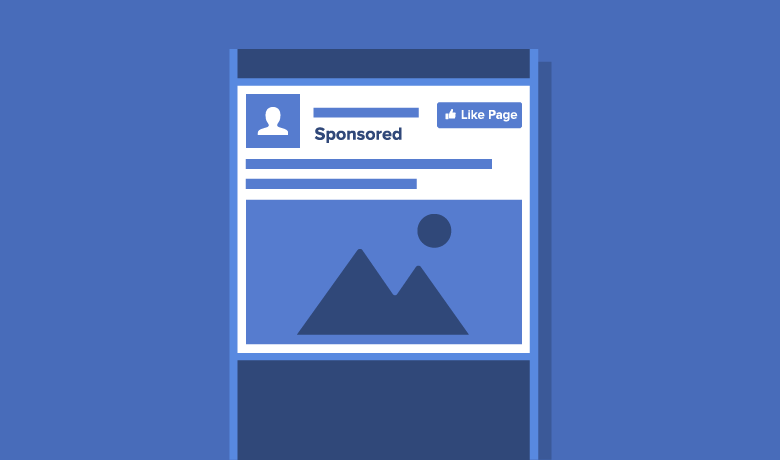Blog post 2: how to use Facebook ads
What is Facebook advertising?

Facebook is a social media and social networking service company. By now almost everyone who has access to the internet knows what Facebook is. Facebook has many competitors as it had diversified into many markets with Facebook live and Facebook Watch which are direct competitors to Google’s YouTube. With Facebook having 1.52 billion active users(newswroom.fb) it is easy to see why Facebook is a viable option to Promote your business.
Facebook offer’s many type of ads from photo, video, carousel, Slideshow, Collection Dynamic, Messenger. Facebook have made it very easy to advertise though their /business section of the Facebook page. What you can do here is create a campaign which focuses on traffic, audience, place/age/gender and demographic. After naming your campaign you can target your audience with detailed targeting or connections. After this you can chose your Facebook ad placement and set your budget and schedule. Then the final step is creating the ad which can be photo, video, carousel etc..
Social media marketing can be simply defined as the use of social media channels to promote a company and its products. This kind of marketing can be thought of as a subset of online marketing activities that complete traditional Web-based promotion strategies, such as e-mail newsletters and online advertising campaigns (Barefoot & Szabo 2010).

Advantages
The main advantage of social media marketing is the cost, the financial barriers to social media marketing is quite low especially when compared to the traditional forms advertising (Weinberg, 2009). Most social media sites are free to use and create a profile and post information. Traditional marketing campaigns will cost a film millions of pounds, however it is possible for a business to create a highly successful social media campaign on a limited budget. Pay-per-click advertisements on sites such as Facebook are “geo-targeted” according to specific criteria, to reach the correct audience.
Interactivity is one of the defining characteristics of new media technologies as it gives people more access to information and supporting increased user control of and engagement with social media content. The level of interactivity can vary from filling a form or clicking a link to answering an influencers question. Your consumers can also get more involved by letting them create content as studies from (hill and Moran, 2011) show that increased level of interactivity can lead to a higher involvement.
Facebook advertising provides firms the ability to target specific audiences and consumers based on their users and personal interests or what their friends like. For example, if like football and list it as one of your interests you are more likely to see ads on this. With smart marketing like this advertisement is far more effective as it reaches the people who are most interested in what they have to offer.
A reassuring feature of Facebook advertising is that you have complete visibility and control of your Facebook ads and budget. You can monitor success on Facebook and in Facebook Ad Manager, so you know exactly how much you are spending and the results you have gained from your campaigns. You can also use the data provided in Facebook Insights to analyse your performance of your paid posts against your organic posts, for you to make strategic targeting decisions for future ads
Disadvantages
The online environment creates not only opportunities, but also complications and challenges for the social media marketing process. The nature of marketing changes in social networks, with the focus placed on establishing long-term relationships that can turn into more sales. Somebody must be responsible to monitor each network, respond to comments, answer questions and post product information the customer deems valuable (Barefoot & Szabo, 2010). Businesses without a service to manage these social networks will find it difficult to compete. The first preliminary consideration and probably the most important one is that social media marketing requires a significant time investment (Barefoot & Szabo, 2010)., simply dabbling in a few social media resources and hoping to realize enormous returns is fanciful. A company must realize the necessary time commitment and either accept or reject that commitment as plausible for its operation (Barefoot & Szaboo, 2010).
The increasing number of businesses using Facebook advertising means the probability of your advert standing out vastly diminishes (Pikas, B. and Sorrentino, G., 2014). Catching people’s attentions and getting your ad noticed amongst updates from their friends can be difficult and requires creative ad-sets which can come at an additional resource cost.
In December 2017, Facebook announced they were tweaking their newsfeed algorithm, meaning stricter demotions for pages and/or individuals who use engagement bait tactics. 2018’s new restrictions mean offenders will have the total reach on all of their posts reduced if their content baits users to interact. Examples of this include asking people to vote, reactor share, as shown in the for example, If your goals include engagement, you may face these new limitations on both ad copy and on-page organic content, which could cause complications for your Facebook advertising strategy.
References
Barefoot, D., and J. Szabo. (2010). “Friends with benefits: A social media-marketing handbook”. San Francisco: No Starch Press.
Weinberg, T. (2009). “The new community rules: Marketing on the social Web”. Sebastopol, CA: O‟Reilly Media Inc.
Kapp, J.M., Peters, C. and Oliver, D.P., 2013. Research recruitment using Facebook advertising: big potential, big challenges. Journal of Cancer Education, 28(1), pp.134-137.
Zajac, E.J. and Bazerman, M.H., 1991. Blind spots in strategic decision-making: The case of competitor analysis. Academy of Management Review, 16(1), pp.37-56.
Maurer, C. and Wiegmann, R., 2011, January. Effectiveness of advertising on social network sites: a case study on Facebook. In ENTER (pp. 485-498).
Logan, K., Bright, L.F. and Gangadharbatla, H., 2012. Facebook versus television: advertising value perceptions among females. Journal of Research in Interactive Marketing, 6(3), pp.164-179.
Pikas, B. and Sorrentino, G., 2014. The effectiveness of online advertising: consumer’s perceptions of ads on Facebook, Twitter and Youtube. Journal of Applied Business and Economics, 16(4), pp.70-81.

Leave a Reply